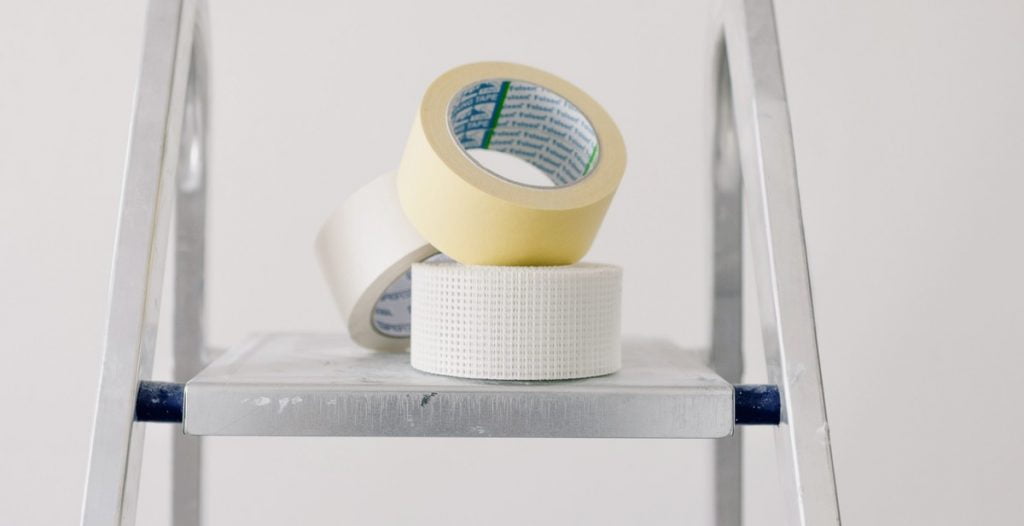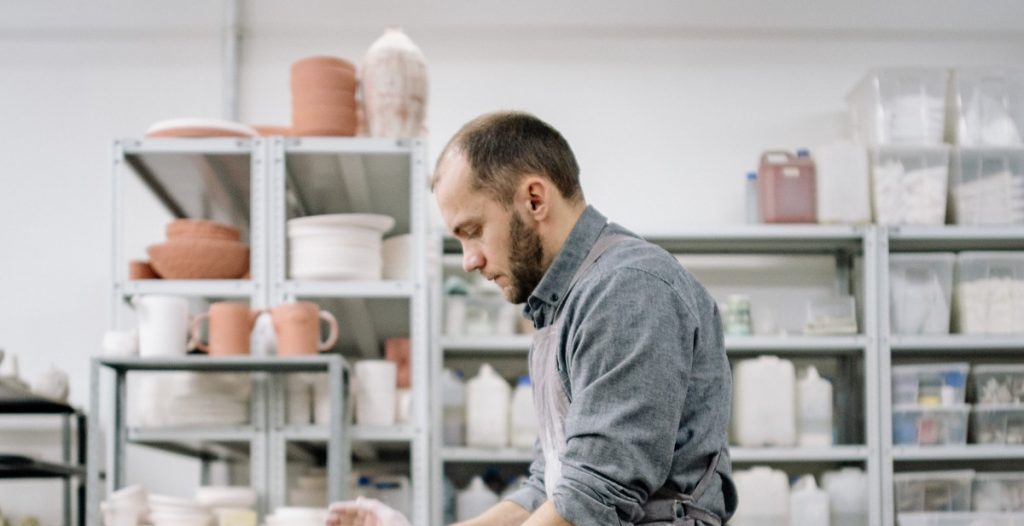Understanding the fragrance development process for candles
Creating a great smelling candle involves more than just pouring wax and adding a wick. The fragrance development process is a crucial aspect of candle making. Fragrances are what make candles unique and memorable, and they can evoke emotions and memories in customers.
When it comes to developing fragrances for candles, there are several steps involved. The process typically starts with market research to determine current trends and customer preferences. From there, fragrance developers will create multiple scent options based on the research.
Once the fragrance options are created, they are tested in candles to determine their performance. This includes how well the fragrance distributes throughout the wax, how strong the scent is, and how well it holds up over time.
After the testing phase, the fragrance is refined and adjusted as needed. This may involve tweaking the scent, adjusting the concentration, or changing the ingredients. Once the fragrance is finalized, it can be added to the candle wax and packaged for sale.
Understanding the fragrance development process is essential for candle makers who want to create unique and high-quality products. By focusing on fragrance development, candle makers can create candles that stand out in a crowded market and appeal to customers on an emotional level.

The Importance of Fragrance in Candles
Candles have been a popular choice for ambiance, decoration, and relaxation for centuries. However, the fragrance in candles is what truly sets them apart. Fragrance is a vital component of candles, and it plays a significant role in the overall experience of burning candles.
Why Fragrance is Important
Fragrance is what makes candles unique and creates an emotional connection with the user. It can evoke memories, feelings, and emotions that can enhance the user’s mood and create a more pleasant environment. The right fragrance can transport you to a different place, and it can also help you relax and de-stress after a long day.
Candles are often used in aromatherapy because of their fragrance, and they are known to have a positive effect on mental health. Different fragrances have different effects on the human mind and body, and candle makers use this knowledge to create candles that can uplift, calm, or energize the user.
The Impact of Fragrance on Sales
Fragrance is a crucial factor in the success of candle sales. Consumers are drawn to candles that smell good, and they are more likely to purchase candles with pleasing scents. Fragrance can also differentiate a brand from its competitors and create a loyal customer base.
Candle makers understand the importance of fragrance and spend a significant amount of time and resources in developing unique and appealing scents. They use a combination of essential oils, fragrance oils, and natural extracts to create complex and layered fragrances that appeal to a wide range of consumers.
Candle makers also use fragrance to create a brand identity and to differentiate their products from others in the market. They often have signature scents that are associated with their brand and become recognizable to consumers.
| Benefits of Fragrance in Candles |
|---|
| Creates an emotional connection with the user |
| Enhances the overall experience of burning candles |
| Has a positive effect on mental health |
| Can differentiate a brand from its competitors |
| Appeals to a wide range of consumers |
In conclusion, fragrance is a crucial component of candles, and it plays a significant role in the overall experience of burning candles. It creates an emotional connection with the user, enhances mental health, and can differentiate a brand from its competitors. Candle makers understand the importance of fragrance and spend a significant amount of time and resources in developing unique and appealing scents that appeal to a wide range of consumers.

The Fragrance Development Process
Developing the perfect fragrance for candles requires a well thought out process that involves several steps. Below is a breakdown of the fragrance development process:
Step 1: Idea Generation
The first step in the fragrance development process is idea generation. This is where the fragrance developer gets inspired to create a fragrance that meets the client’s needs. The idea generation process involves brainstorming sessions with the client, researching the latest fragrance trends, and analyzing the target market. The fragrance developer then develops a creative brief that outlines the fragrance’s desired characteristics, including the scent notes, strength, and intended mood.
Step 2: Fragrance Selection
After the creative brief is developed, the fragrance developer selects the fragrance oils that will be used in the candle. The selection process involves evaluating the fragrance oils’ quality, compatibility, and performance with the candle wax. The fragrance developer may also blend multiple fragrance oils to achieve a unique scent profile that meets the client’s needs.
Step 3: Testing and Refinement
Once the fragrance oils are selected, the fragrance developer creates a candle prototype that incorporates the fragrance oils. The candle is then tested to ensure that the fragrance is evenly distributed throughout the wax and that the scent throw is consistent. The fragrance developer may also test the candle’s burn time, smoke output, and soot production to ensure that the candle meets the client’s specifications. If the candle does not meet the client’s needs, the fragrance developer will refine the fragrance blend and repeat the testing process until the desired results are achieved.
Step 4: Final Approval
After the fragrance development process is complete, the client is presented with the final candle prototype. The client evaluates the candle’s scent, performance, and packaging to ensure that it meets their expectations. If the client approves the candle, the fragrance developer will produce the final product.
| Step | Description |
|---|---|
| Step 1 | Idea generation |
| Step 2 | Fragrance selection |
| Step 3 | Testing and refinement |
| Step 4 | Final approval |

Factors to Consider in Fragrance Development
Developing a fragrance for candles is a complex and multi-faceted process that requires careful consideration of several factors. The following are some of the key factors that must be taken into account during fragrance development:
Target Audience
One of the most important considerations in fragrance development is the target audience. Different fragrances appeal to different people, and it’s essential to understand your target demographic to create a scent that resonates with them. For example, if your candles are aimed at young adults, you might consider developing fresh, fruity scents that appeal to this age group.
Product Type
The product type is another critical consideration in fragrance development. Different types of candles require different types of fragrances. For example, soy candles tend to have a more subtle fragrance than paraffin candles, so you may need to use a higher concentration of fragrance oil to achieve the desired scent. Additionally, the type of wax used can impact how well the scent is released, so it’s important to test your fragrance in the specific type of candle you plan to use.
Brand Identity
Your brand identity is another crucial factor in fragrance development. Your fragrance should be consistent with your brand image and values. For example, if your brand is all about natural, eco-friendly products, you might consider using essential oils or other natural fragrances instead of synthetic ones.
Cost
The cost of fragrance development is also an important consideration. Fragrance oils can be expensive, and it’s essential to balance the cost of the fragrance with the overall cost of producing your candles. You may need to experiment with different concentrations of fragrance oil to find the right balance between cost and scent strength.
Testing and Evaluation
Once you’ve developed a fragrance, it’s essential to test and evaluate it thoroughly before releasing it to the market. Testing can help you identify any issues with the scent, such as poor scent throw or a weak fragrance. It’s also important to evaluate the fragrance in different settings and with different candle types to ensure that it performs well across a range of scenarios.
| Factors to Consider in Fragrance Development |
|---|
| Target Audience |
| Product Type |
| Brand Identity |
| Cost |
Overall, fragrance development is a complex process that requires careful consideration of several factors. By taking into account your target audience, product type, brand identity, and cost, you can create a fragrance that resonates with your customers and enhances the overall appeal of your candles.

Conclusion
Developing the perfect fragrance for candles is a complex and creative process that requires a deep understanding of the science of fragrance and the art of candle making. In this article, we have explored the key steps involved in fragrance development, from defining the brief and selecting the right fragrance materials to testing and finalizing the scent.
We have seen that fragrance development is a collaborative process that involves close communication between the fragrance house and the candle maker. By working together, they can create scents that not only smell great but also meet the specific requirements of the candle, such as performance, throw, and compatibility with the wax and wick.
To succeed in fragrance development, it is important to have a thorough understanding of fragrance chemistry, sensory evaluation, and market trends. By staying up-to-date with the latest developments in the fragrance industry, candle makers can create scents that are both innovative and appealing to consumers.
Overall, the fragrance development process requires patience, skill, and creativity. By following the steps outlined in this article and working with experienced fragrance professionals, candle makers can create scents that capture the imagination and enhance the home environment.



